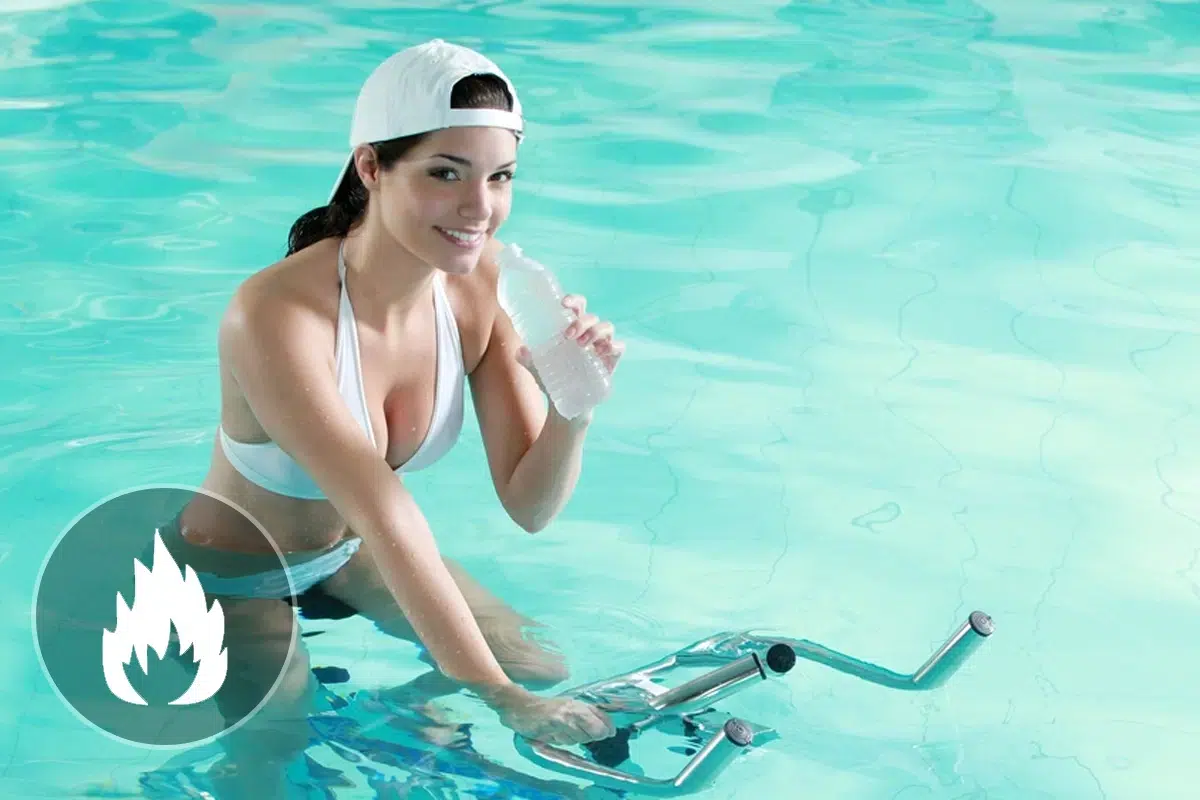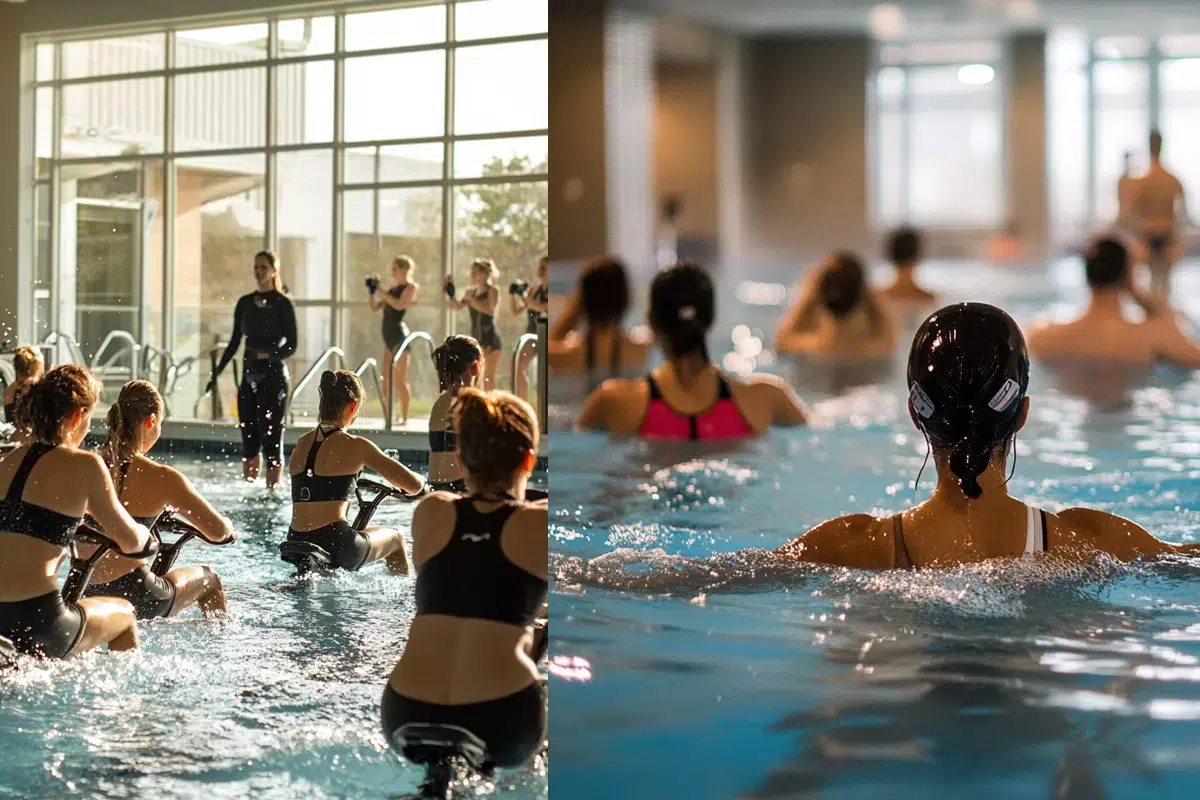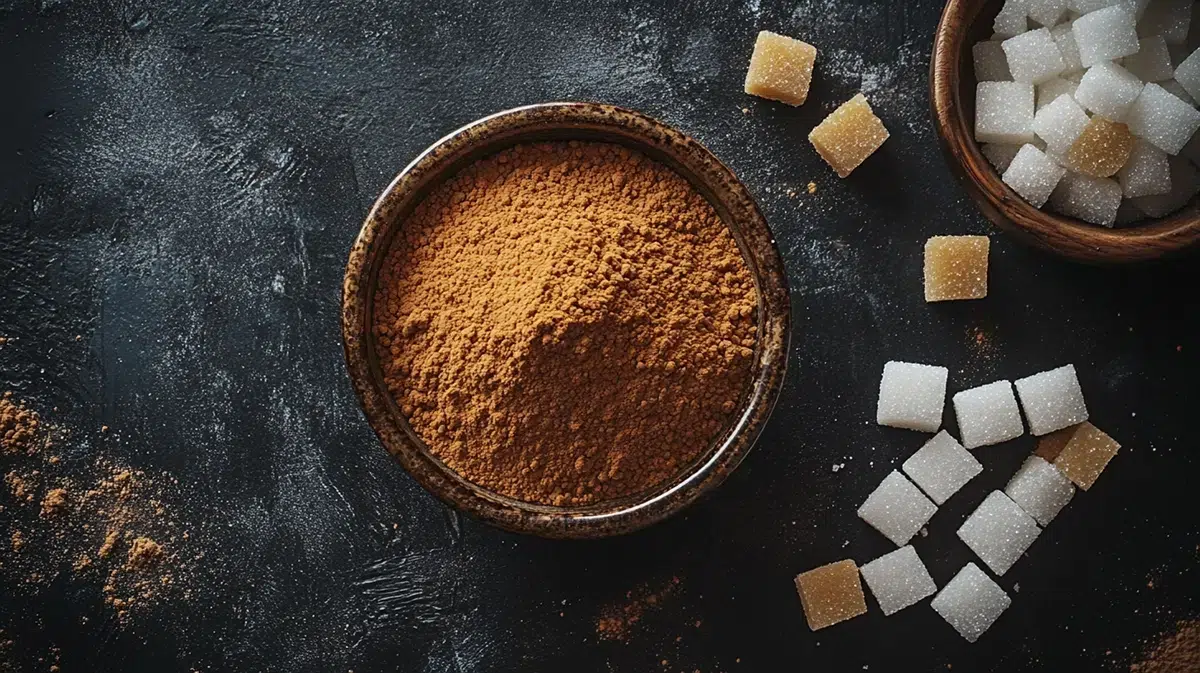Show summary Hide summary
How many calories do we burn with aquabiking or aqua cycling?

Everything you need to know about aquabiking
Want to find out how many calories are burned in 30 minutes or 1 hour of aquabiking? Just enter your profile to calculate your energy use. Our tool gives you the result.
Discover other REGIVIA calculators:
Aqua cycling: A few examples of energy expenditure depending on weight and activity time.
The table below shows you how many calories you can lose by practising Aquabiking, also known as aquabike, depending on your weight profile!
Aquabiking
Normal intensity
Kilocalorie expenditure according to weight profile!
| Weight | 15 minutes | 30 minutes | 1 hour |
|---|---|---|---|
| 40 kg | 84 | 168 | 336 |
| 50 kg | 105 | 210 | 420 |
| 60 kg | 126 | 252 | 504 |
| 70 kg | 147 | 294 | 588 |
| 80 kg | 168 | 336 | 672 |
| 90 kg | 189 | 378 | 756 |
See detailed calculations and metabolic equivalent for Aquabiking
Everything you need to know about aquabiking
FIND OUT MORE ABOUT AQUABIKING OR AQUA CYCLING
Aquabiking, also known as aquabike, is a sport that simply involves cycling in water. It can be practised individually (many swimming pools offer it for swimmers) or in groups (this is more often the case).
This sport is ideal for developing your breathing, building lower body and back muscles, and is also a real ally in the fight against cellulite.
Aquabiking is a sport that quickly tones the body. It’s the ideal sport for those who want to get back into exercise gently or avoid the joint pain associated with the impact of certain sports. Speed work combined with the resistance of the water encourages muscle strengthening. The muscles most in demand will be those of the legs, thighs and buttocks. The rotation of the pelvis and the posture of the trunk also work the abdominal and back muscles.
Some benefits of doing aquabiking or aqua cycling :
- Muscle strengthening: Aquabiking works mainly the leg muscles, such as the quadriceps, hamstrings, calves and buttocks. The resistance of the water adds an extra level of difficulty, effectively strengthening and toning the muscles of the lower limbs.
- Cardio training: Pedalling in the water is an excellent way to do some cardio training. The repeated movements of the legs and the effort required to overcome the resistance of the water stimulate the cardiorespiratory system, improving endurance and lung capacity.
- Low-impact training : Aquabiking is a low-impact sport, as the water reduces the pressure exerted on the joints. This makes it an ideal activity for people with joint problems or injuries, or for those looking for a less traumatic workout for their joints.
- Burning calories: Aquabiking is an activity that burns a large number of calories. Pedalling in the water requires intense muscular effort, which contributes to energy expenditure and can encourage weight loss.
- Improved blood circulation: Water exerts hydrostatic pressure on the body, encouraging blood and lymph circulation. Aquabiking can therefore help to reduce water retention problems, ease the sensation of heavy legs and improve circulation throughout the body.
- Reduced stress and anxiety: Like all physical activities, aquabiking encourages the release of endorphins, the feel-good hormones. This release of endorphins can help to reduce stress and anxiety and improve overall mood.
In conclusion, aquabiking is a complete sports activity with health benefits. By pedalling in the water, you can strengthen your muscles, improve your cardiorespiratory endurance and enjoy the benefits of a low-impact workout. Whether for fitness, rehabilitation or simply the pleasure of moving in water, aquabiking offers a stimulating and enjoyable experience for all fitness levels.
How to calculate the number of calories burned doing aquabiking or aqua cycling
The result displayed is expressed in Kcal and is calculated using the MET (Metabolic Equivalent of Task). The MET for each activity is the result of statistical data and cannot therefore be interpreted as an exact calculation, but rather as an estimate that takes into account the MET value and the ratio between the time spent doing an activity and the weight of the individual.
For example: The MET value for aquabiking is 8, which means that a person doing aquabiking consumes 8 times more energy than when at rest.
Discover the detailed formula to calculate your daily energy expenditure while doing aquabiking or aqua cycling
Consumption in Kcal per minute = (METs*3.5*Weight in kilos)/200
This means that for a 60kg person doing Aquabiking for 30 minutes:
Consumption in Kcal per minute = (8*3.5*60)/200 = 8.4 Kcal/min
So for 30 minutes = 8.4*30 = 252 kcal for 30 minutes
All sports in detail!



















































